Authentication is a crucial aspect of modern digital security. It ensures that only authorized users gain access to systems, applications, and sensitive data. Various authentication mechanisms have evolved to enhance security, improve user experience, and simplify identity management. In this blog post, we’ll explore some of the most widely used authentication methods, including Single Sign-On (SSO), OpenID Connect, OAuth, Kerberos, and NTLM.
Single Sign-On (SSO)
Single Sign-On (SSO) is an authentication mechanism that allows users to log in once and gain access to multiple applications without having to authenticate again. It improves user experience and reduces password fatigue.
How SSO Works:
A user logs into an identity provider (IdP).
The IdP generates a session token and shares it with connected applications.
When the user tries to access a new service, the application requests authentication from the IdP.
If the session is valid, access is granted without requiring additional credentials.
Common SSO protocols include SAML (Security Assertion Markup Language) and OpenID Connect.
OpenID Connect (OIDC)

OpenID Connect (OIDC) is an authentication protocol built on top of OAuth 2.0. It allows applications to verify a user’s identity based on authentication performed by an authorization server.
How OpenID Connect Works:
The user attempts to log in to an application (Relying Party, RP).
The RP redirects the user to an OpenID Provider (OP) for authentication.
Upon successful authentication, the OP returns an ID Token and access token to the RP.
The RP verifies the ID Token and grants access to the user.
OIDC is commonly used in web and mobile applications to enable secure authentication.
OAuth 2.0
OAuth 2.0 is an authorization framework that enables secure delegated access. It allows users to grant third-party applications limited access to their resources without sharing credentials.
How OAuth 2.0 Works:
A user initiates authentication with an application (Client).
The Client redirects the user to an Authorization Server for approval.
The user grants permission, and the Authorization Server issues an Authorization Code.
The Client exchanges the Authorization Code for an Access Token.
The Client uses the Access Token to request protected resources from a Resource Server.
OAuth 2.0 is commonly used for API access, third-party integrations, and social login (e.g., “Login with Google”).
Kerberos
Kerberos is a network authentication protocol that uses a ticket-based system to enable secure communication between users and services.
How Kerberos Works:
A user logs into a system using their credentials.
The system contacts a Key Distribution Center (KDC) to request a Ticket Granting Ticket (TGT).
The KDC validates the user’s credentials and issues the TGT.
When accessing a service, the user presents the TGT to request a Service Ticket.
The service verifies the ticket and grants access.
Kerberos is widely used in enterprise environments, particularly in Windows Active Directory and Linux-based networks.
NTLM (NT LAN Manager)
NTLM is a legacy authentication protocol used in Windows networks. It relies on a challenge-response mechanism to authenticate users.
How NTLM Works:
A client sends an authentication request to a server.
The server responds with a challenge (a random number).
The client encrypts the challenge using a hash of the user’s password and sends it back.
The server verifies the response and grants or denies access.
While NTLM is still supported for backward compatibility, it is considered less secure than Kerberos and other modern authentication methods.
Additional Authentication Mechanisms
– Basic Authentication: Users provide a username and password for each request (e.g., HTTP Basic Authentication). It is simple but not secure unless used over HTTPS.
– Digest Authentication: An improvement over Basic Authentication that hashes credentials before transmission.
– Multi-Factor Authentication (MFA): Enhances security by requiring additional verification steps (e.g., SMS codes, biometrics).
– Certificate-Based Authentication: Uses digital certificates for authentication instead of passwords.
– Biometric Authentication: Relies on unique biological characteristics, such as fingerprints or facial recognition.
Conclusion
Choosing the right authentication mechanism depends on security needs, user experience, and system requirements. While traditional methods like NTLM and Basic Authentication are still in use, modern approaches such as OAuth 2.0, OpenID Connect, and Kerberos provide enhanced security and flexibility.
By implementing robust authentication strategies, organizations can protect sensitive data and ensure secure access for users. If you’re planning to adopt a new authentication system, consider industry best practices and emerging standards to stay ahead of evolving threats.


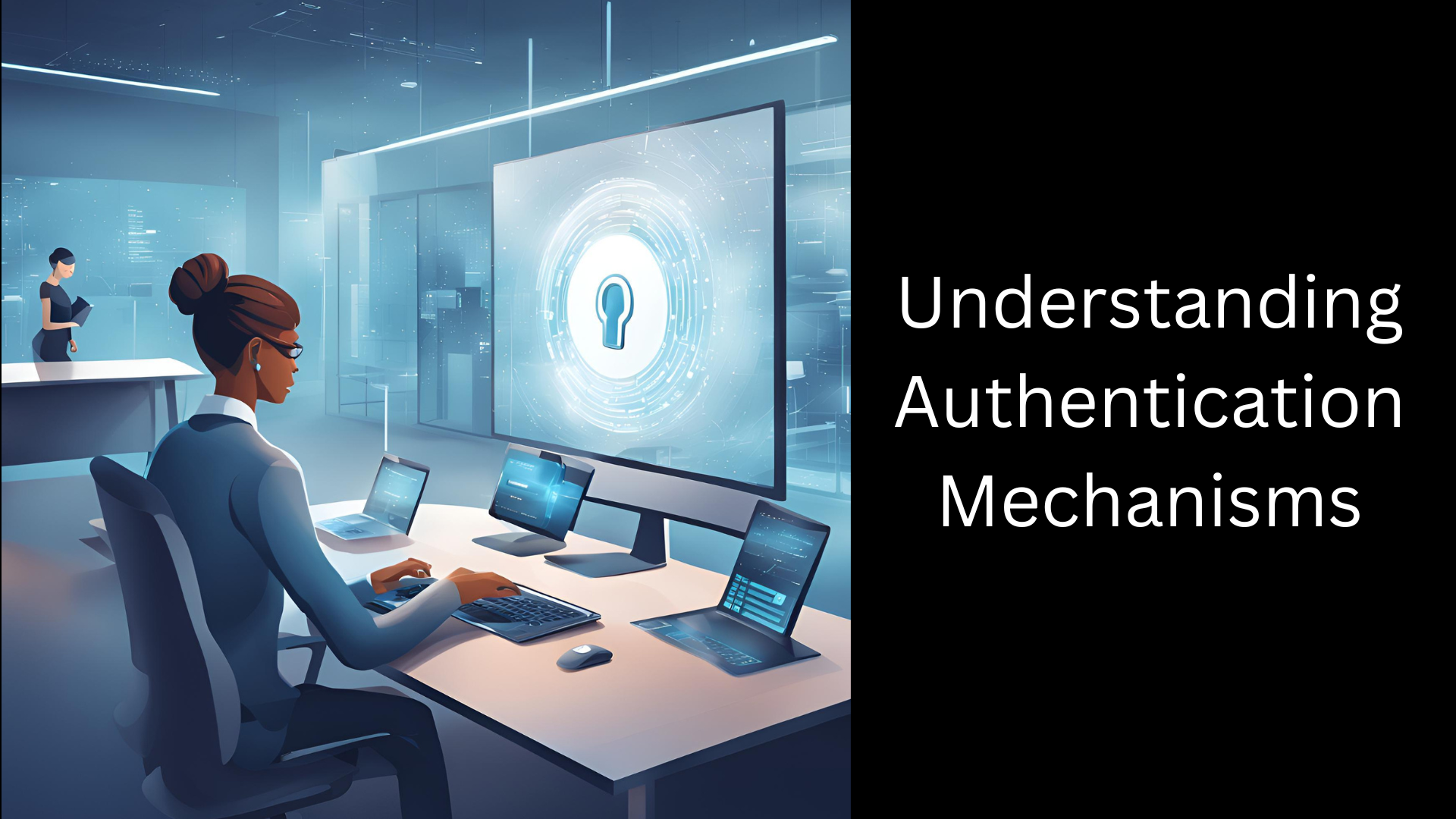





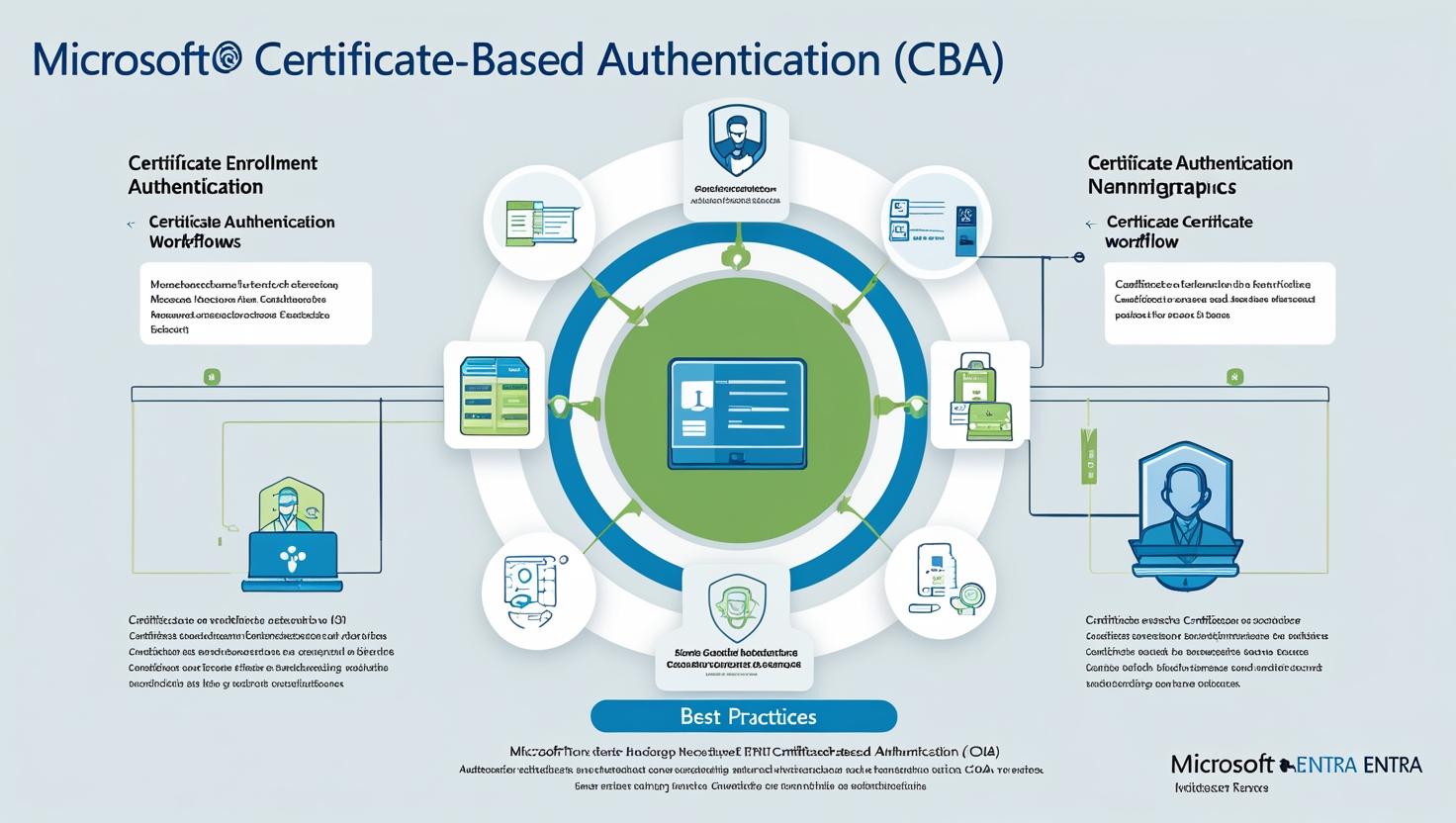
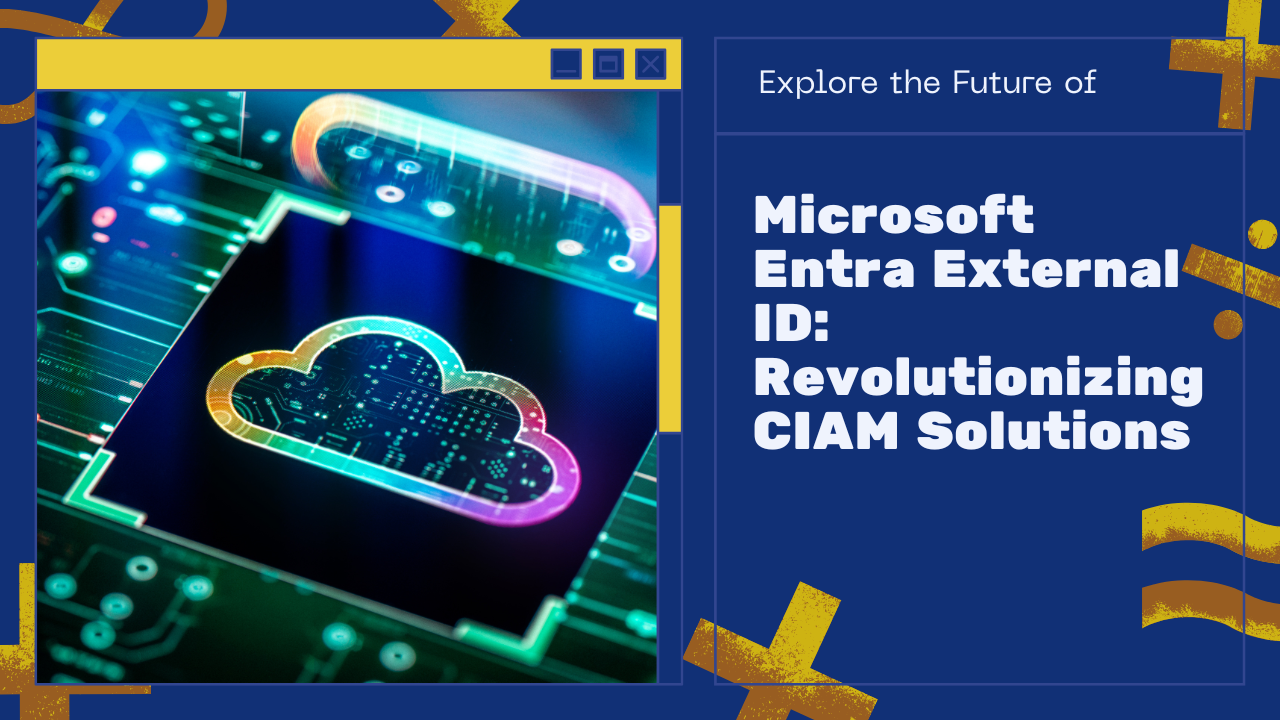
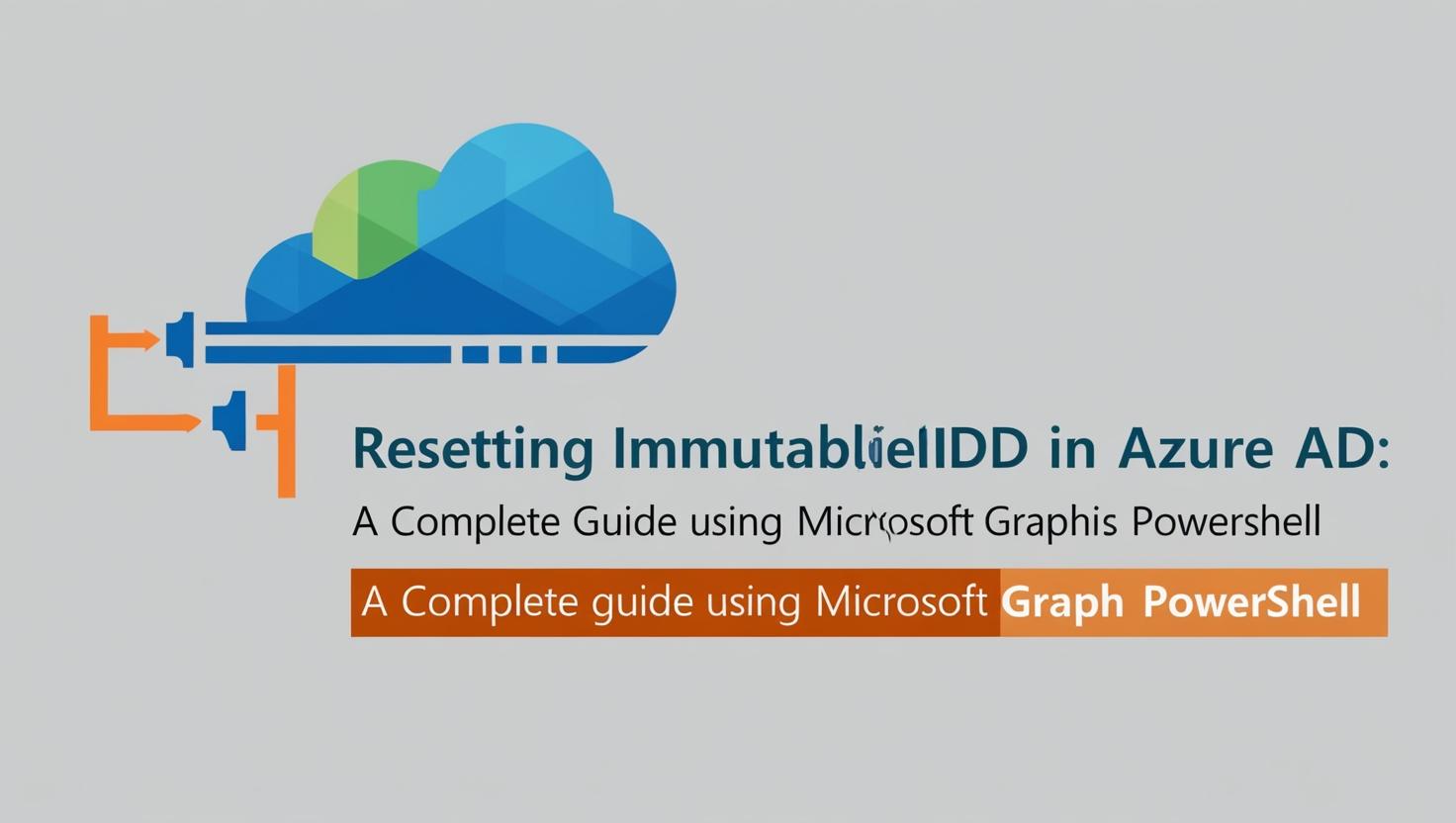

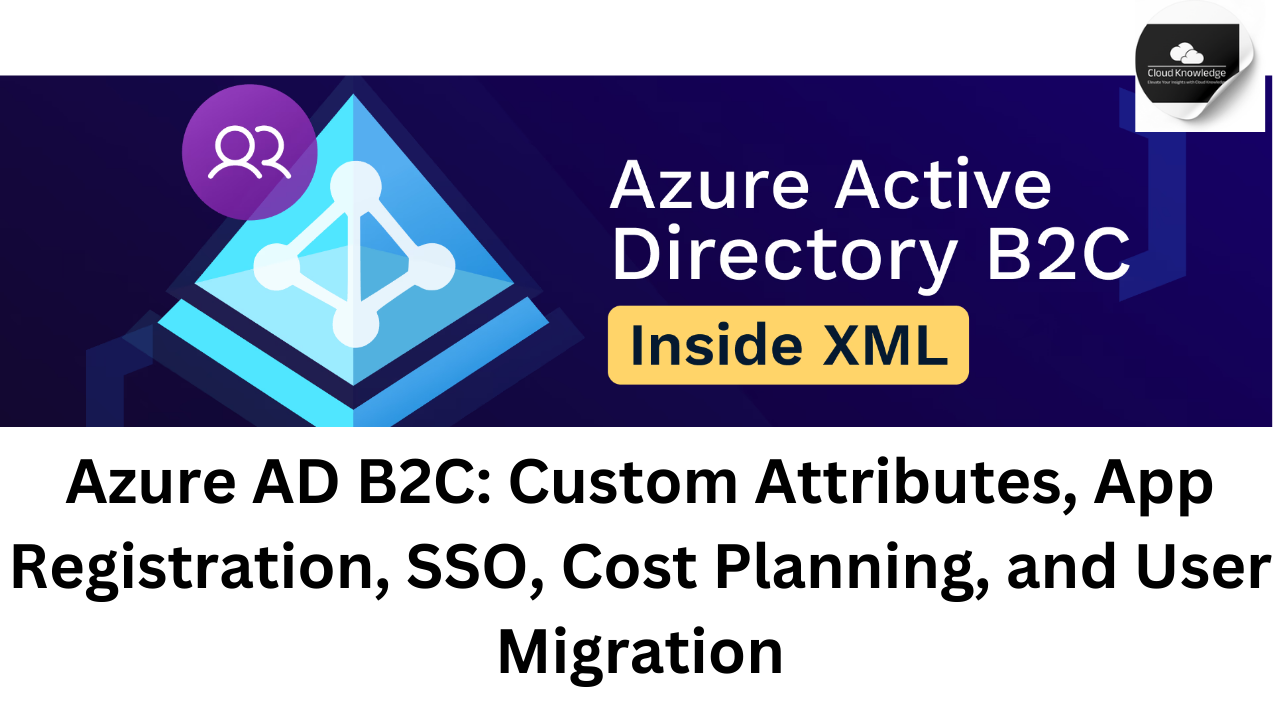
Leave a Reply